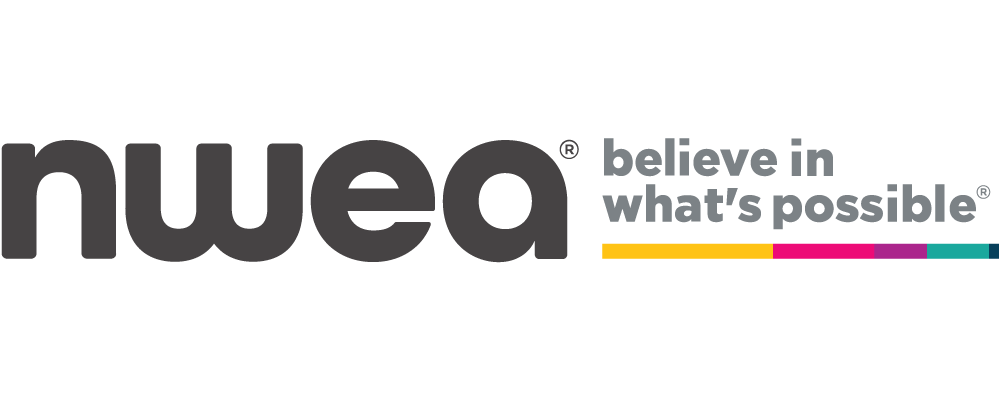
The following web site was contributed by Chase Nordengren, the principal exploration direct for the professional learning group at NWEA.
The outcomes of evaluation, regardless of whether you are using formative assessment tactics or an interim evaluation like MAP® Growth™, can empower lecturers and faculty leaders to notify instructional choices.
To make certain that your instruction encourages equity and empowers students, you will need to evaluate students well—and that implies generating the greatest use of the processes, resources, and info that assessments provide to precisely and quite realize in which college students are in their understanding. But initial, you have to talk to you what your intention is.
Why are you examining?
The first matter to do in advance of assessing students is ask your self: What am I hoping to carry out? Here are illustrations of some of the questions that assessments can help solution:
- As a trainer, how can I change my instruction to fulfill students’ wants? How will I know what kind of development they are making?
- As a university principal, how can I make certain that our college students are tracking towards essential milestones? How can I offer the best experienced enhancement to aid academics?
- As a district administrator, how can I examine our district’s plans for enhancement planning? What’s doing the job greatest, and what need to we prevent performing?
- As a household member, how do I know my boy or girl is obtaining instruction that will lengthen their recent know-how and techniques?
- As a student, how does my learning link with my objectives?
What to do with evaluation facts
After you know your intent, you’re all set to evaluate. Assessments that produce serious-time info can be right away acted on, furnishing a must have possibilities for instructors and school leaders.
Below are some examples of what educators can do with actionable assessment details:
- Differentiate instruction by scholar readiness
Seem interim assessment knowledge lets instructors know exactly where by each and every university student is compared to their classmates and friends nationwide. It permits a trainer to meet up with learners in their zone of proximal improvement (ZPD)—the optimum place, just past their existing degree of unbiased ability, the place instruction is most helpful for every single college student.
MAP Development works by using a grade-unbiased RIT score that actions academic development, a great deal like a yardstick may well evaluate actual physical advancement. Starting off from this score, instructors can start offering tailored instruction to meet up with student requires. They can then use ongoing formative evaluation methods to update their comprehending of scholar awareness above time.
Go through the rest of this write-up on the NWEA web site. Connect with us at 1-866-654-3246 to study about how we assistance educators. And visit the NWEA blog site, Educate. Discover. Expand., at nwea.org/site.



More Stories
How a Masters in Teaching Positions You as an Educational Leader
The Benefits of Enrolling in Teaching Credential Programs
Elevate Your Career: Why an Online Teaching Degree is Your Next Step